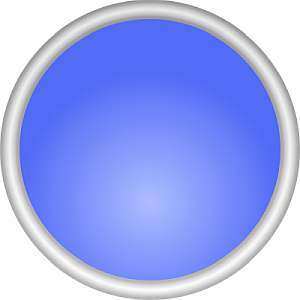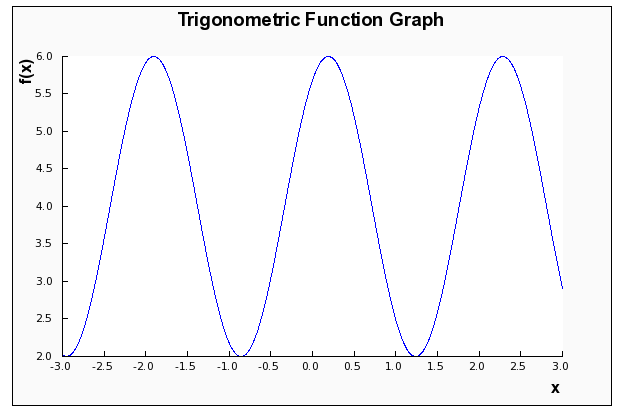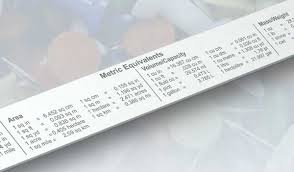Equation of a Circle Calculator
Instructions: Use this equation of a circle calculator to compute the formula of a circle, given its radius and coordinates x and y of its center. Please type the required information in the boxes below.
More about this equation of a circle calculator
This calculator will allow you to get the equation of the circle in standard form and in general form, showing all the steps. You need to provide a valid radius of the circle (a valid positive numeric expression) as well as the x and y coordinates of its center.
The numeric expressions you provide could be something like '1/2' or a composite expression like '1/3+1/4'. Notice that the radius must be positive.
Once you provide the required information with valid inputs, you need to do is to click on the "Calculate" button, and all the steps of the calculations will be shown to you.
The simplest way to proceed in this case is to first get the standard form of the circle with the data provided, and then simply expand this expression to get the general form of the equation of the circle.
You can also be interested in the opposite processes, you may want to start with a general equation and find its center and radius.

What is the equation of a circle
The equation of a circle is one of the most well known equations in math, and it is given by the following formula:
\[\displaystyle (x - x_0)^2 + (y-y_0)^2 = r^2 \]In the above formula, r represents the radius of the circle and \((x_0, y_0)\) is its center.
There is a special case where the center of the equation is the origin (0, 0), in which case the formula of the equation of a circle reduces to:
\[\displaystyle x^2 + y^2 = r^2 \]And it besides having the center of the equation is the origin (0, 0), we have that the radius is r = 1, we have the simplest possible case, known as the unit circle:
\[\displaystyle x^2 + y^2 = 1 \]What are the steps for finding the equation of a circle
- Step 1: Identify the radius of the circle r. If not provided, just leave it as r
- Step 2: Identify the coordinates of the center of the circle X0 and Y0
- Step 3: Once you know the radius and center, you just plug them into the formula Use the addition formula \(\displaystyle (x - x_0)^2 + (y-y_0)^2 = r^2\)
- Step 4: If the circle has its center in the origin (0, 0), use the simplified version \(\displaystyle x^2 + y^2 = r^2\) where all you need to know is the radius r
Observe that the above process is about finding the equation of a circle with a center and radius given. Another way to get the equation of a circle is to start with a general circle equation, and then group and manipulate the expression so to find the radius and center.
Equation of a Circle explained
The equation of a circle has two ways, back and both in terms of its formulation and interpretation. On the one hand, if you know the radius r of a circle and its center \((x_0, y_0)\), you can say you already know all you need to know about the circle, at least geometrically.
I mean, with the radius and center know, you can actually DRAW the circle. Also you can write
\[\displaystyle (x - x_0)^2 + (y-y_0)^2 = r^2 \]and say "that is the equation of the circle", but from the radius and center known, you already know all you needed to know about the circle in question.
On the other hand, what if you had an equation like this provided to you?
\[\displaystyle (x - x_0)^2 + (y-y_0)^2 = r^2 \]Well, in that case you know that r is the radius and \((x_0, y_0)\) is its center. Why? Well, it comes directly from Pythagorean Theorem.
General equation of a circle calculator
If given in standard form, you will know everything you need to know about the circle, because you know directly the radius and center. But what if you are provided with a general equation?
- Step 1: Identify the general equation given. It needs to be an equation that is quadratic in x and y, otherwise you cannot proceed
- Step 2: Once you have the general equation, ensure that the coefficients multiplying x^2 and y^2 are the same, otherwise you cannot proceed
- Step 3: Once you have a valid general equation, you do a complete the squares procedure for both x and y
- Step 4: Once you arrive to the standard equation by completing squares and rearranging terms, you identify the center and radius directly
The completing the square procedure could be tedious, but it is systematic, and it should not be too hard to conduct.
What is the simplest equation of a circle?
The simplest equation of a circle is that of a unit circle, and it is given by \(x^2+y^2 = 1\). All other circles can be obtained based on the unit circle by translations and expansions or contractions.
The center of all circles though is the unit circle, which is tightly rooted in Algebra and Trigonometry.

Example: Calculating the equation of a circle
Calculate the following: The equation of a circle with radius r = 3, and center (3, -4).
Solution:
We need to find the standard form of a circle, where the provided radius is \(r = \displaystyle 3\), and the center that has been provided is \(\left(\displaystyle 3, -4 \right)\).
The equation of the circle in standard form has the following structure:
\[\displaystyle (x-x_0)^2 + (y-y_0)^2 = r^2 \]where \(x_0\) and \(y_0\) are the corresponding x and y coordinates of the center, and \(r\) is the radius. Therefore, all we need to do in order to fully determine the standard form of the circle is to clearly identify the center and radius, and plug them into the above formula.
In this case, from the information provided we already know that \(x_0 = \displaystyle 3\) and \(y_0 = \displaystyle -4\), and \(r = 3\). Plugging this in we obtain:
\[\displaystyle (x-x_0)^2 + (y-y_0)^2 = r^2 \] \[\Rightarrow \displaystyle \left(x-3\right)^2+\left(y-\left(-4\right)\right)^2=3^2 \] \[\Rightarrow \displaystyle \left(x-3\right)^2+\left(y+4\right)^2=9 \]Now, we pass the constant that is on the right hand side to the left with negative sign and we simplify. The following is obtained:
Therefore, we find from the above simplification that the equation of the circle in general form is:
\[\displaystyle x^2+y^2-6x+8y+16 = 0\]This concludes the calculation. We have found that the equation of the circle in standard form is \(\displaystyle \left(x-3\right)^2+\left(y+4\right)^2=9\). Also, it was found that the general form of the circle in this case is \(\displaystyle x^2+y^2-6x+8y+16 = 0\).
Example: More about finding the equation of a circle
Calculate the following: \(\frac{1}{3} + \frac{5}{4} - \frac{5}{6}\)
Solution:
which concludes the calculation.
Example: Circle Equation Calculations
Calculate \( \left(\frac{2}{3} \times \frac{6}{5} \right)+ \frac{2}{5} \).
Solution:
which concludes the calculation.
Other useful circle calculators
Circles and their properties play a crucial role in Math. What can you do with a circle formula? A lot! For example, you can use the formula for the area of a circle or also use its circumference formula to get area and perimeter, respectively.
There are things about the circles that are intrinsically embedded everywhere in Math. Its perfect symmetry, and its tight association with \(\pi\) have turned them into a fascinating object of study for mathematicians of all time.




